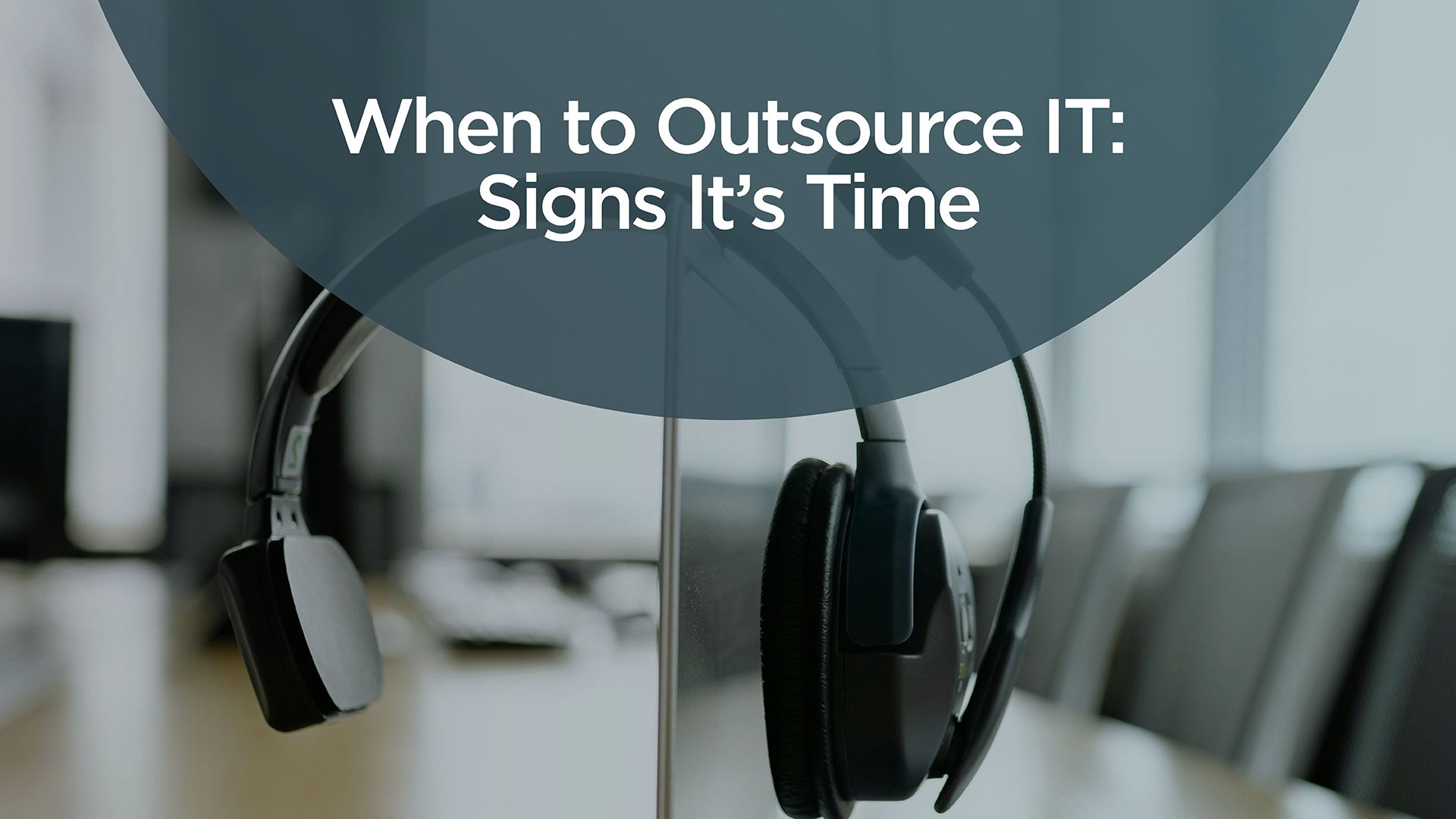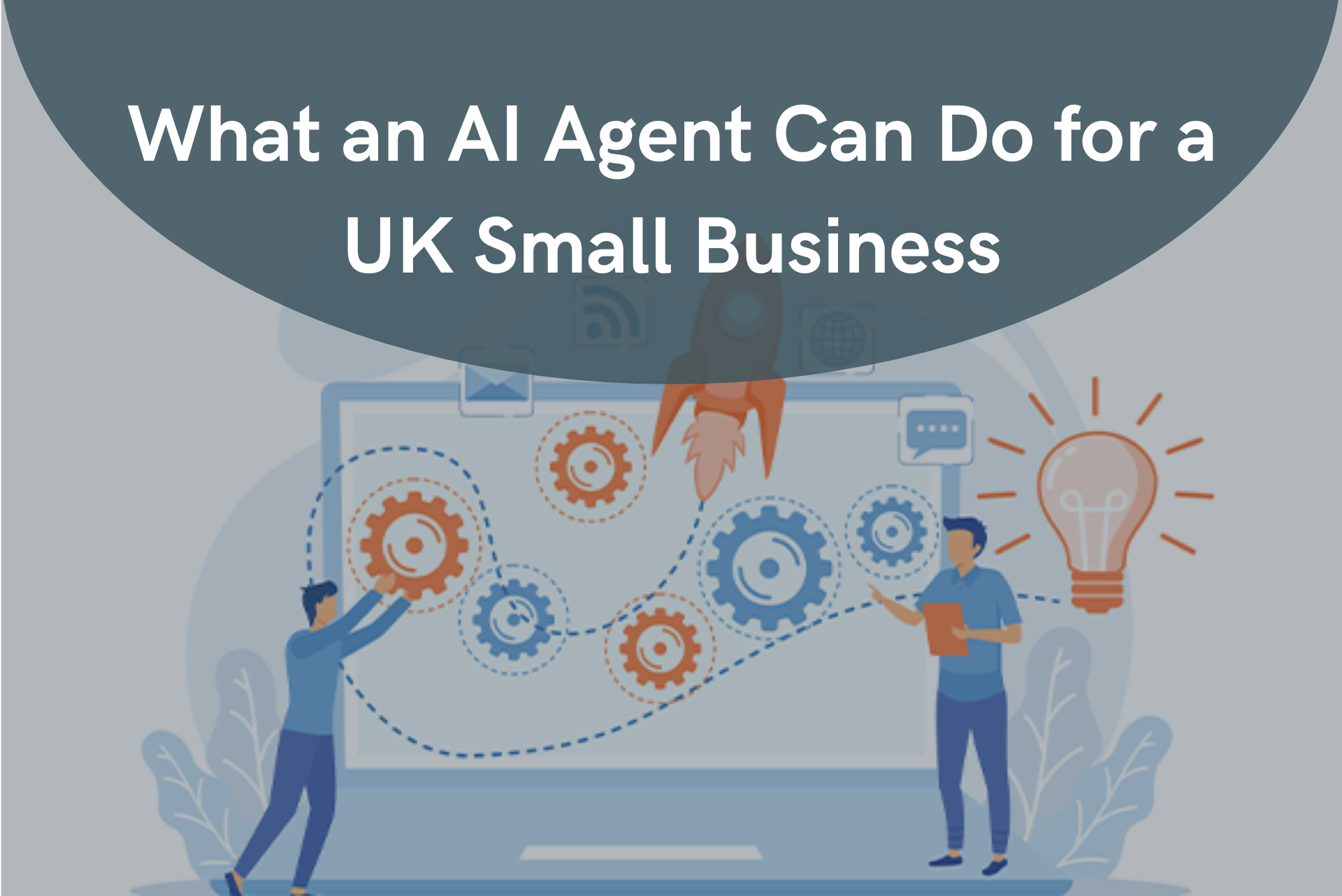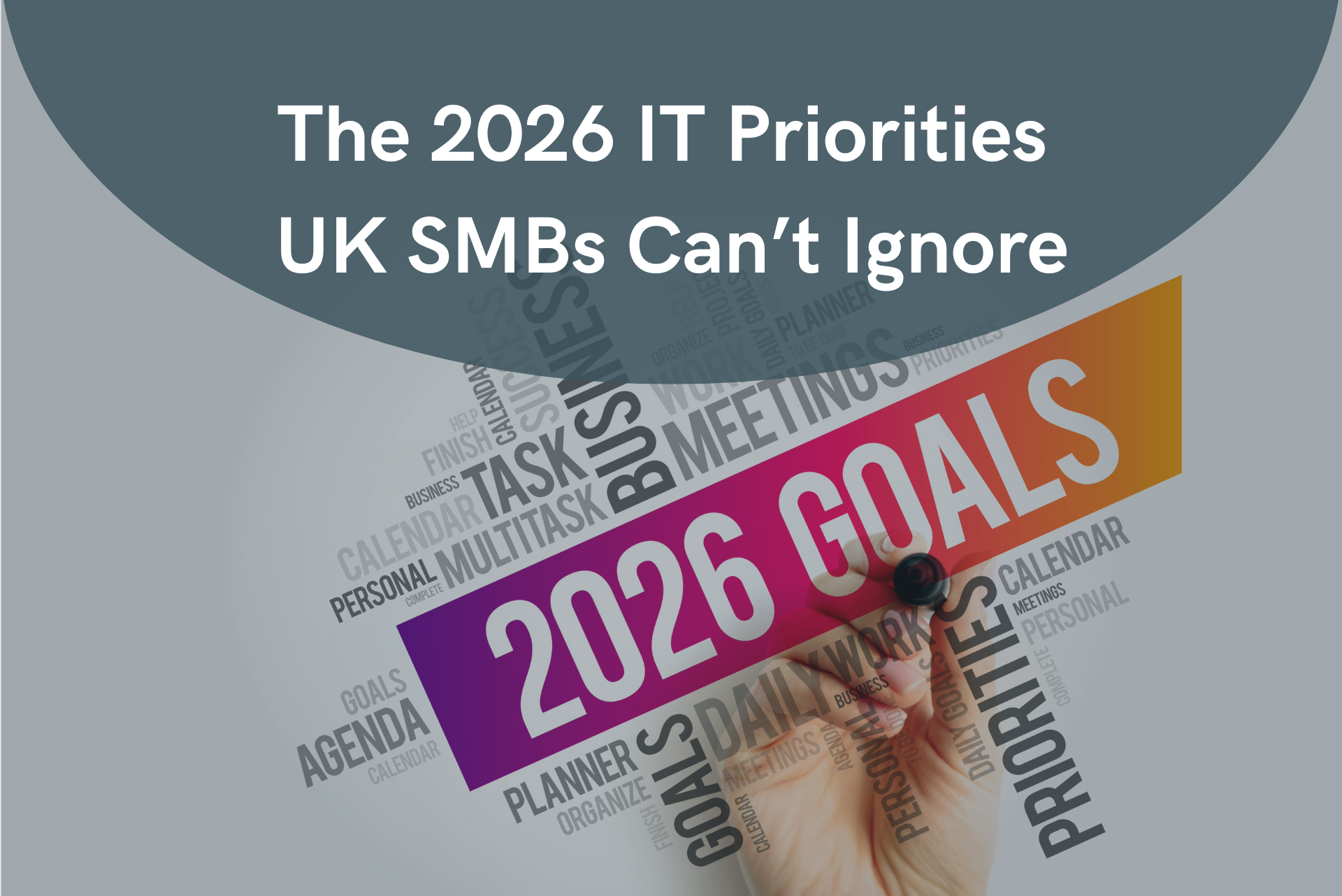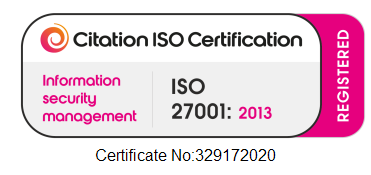When to Outsource IT
Is it your time?

When to Outsource IT: Signs It's Time
As businesses grow, so do their IT needs. At first, it’s tempting to handle tech internally, but there comes a point where managing IT alone becomes inefficient, risky, and costly. At Cranborne, we’ve seen first-hand how the right IT partnership can unlock new potential for organisations across healthcare, finance, retail, and non-profits.
Here are some clear signs it might be time to outsource your IT:
1. Your Team Is Stretched Too Thin
If your staff is constantly multitasking between their core responsibilities and IT issues, it’s a red flag. IT isn’t a side project; it requires dedicated attention. When updates, troubleshooting, and system maintenance fall to people without specialised skills, problems take longer to fix, and small issues can escalate into bigger ones.
2. You're Experiencing Frequent Downtime
Unexpected outages disrupt operations and erode trust, internally and externally. If your systems are regularly going down or taking too long to recover, it’s time to call in expertise. A managed IT provider like Cranborne delivers proactive monitoring and rapid response to keep your business running smoothly.
3. Security Risks Are Growing
Cyber threats evolve daily. If you're unsure when you last ran a security audit, updated your firewall, or assessed your backups, your organisation could be exposed. Outsourcing IT means gaining access to up-to-date cybersecurity practices, compliance support, and 24/7 threat monitoring protection that's difficult to maintain internally without significant investment.
4. Your IT Costs Are Unpredictable
Break-fix IT, dealing with problems as they arise, often results in surprise costs. One unexpected failure can derail your budget. Outsourcing turns unpredictable expenses into a fixed, manageable monthly cost, helping you plan ahead and avoid financial shocks.
5. You Lack Strategic IT Planning
Technology should drive your business forward, not just “keep the lights on.” If you’re only reacting to problems instead of planning for growth, you’re missing out. Outsourced IT brings strategic input, helping align your technology roadmap with your business goals. At Cranborne, we focus on delivering IT that fuels innovation and efficiency.
6. Compliance Is Becoming Complex
Whether it’s GDPR, PCI-DSS, Cyber Essentials, or sector-specific regulations, compliance requirements are increasing. If you’re unsure whether you’re fully compliant or how to stay that way, it’s a strong signal to seek external support. We help businesses navigate compliance confidently and avoid costly penalties.
7. You’re Planning to Scale
Growth is exciting but brings IT challenges. New locations, additional staff, more complex systems - they all require robust, scalable technology solutions. Outsourcing ensures your IT can keep pace, offering flexible support and infrastructure that grows with you.
8. You Can't Keep Up With New Technology
The IT landscape moves quickly. New tools and systems emerge constantly, promising better performance and efficiency. If you’re struggling to assess, implement, or even hear about these developments, an outsourced partner ensures you’re not left behind.
9. Talent Shortages and Rising Costs
Hiring and retaining skilled IT staff is harder than ever. Talent shortages, competitive salaries, and training costs can drain your resources. Outsourcing gives you access to a broad team of experts without the overhead, ensuring you get the skills you need, when you need them.
10. You Want to Focus on What You Do Best
Ultimately, outsourcing IT lets you focus on your core business. It’s about freeing up your time and energy to deliver value to your customers and stakeholders, while trusted specialists manage the technical complexity.
Is It Time for You?
If any of these signs resonate, it might be time to consider outsourcing. At Cranborne, we provide managed IT services tailored to the unique needs of healthcare providers, financial services, retailers, and non-profits. We help you shift from firefighting to futureproofing, giving you the confidence that your IT is in expert hands.
Ready to explore a smarter way to manage IT? Get in touch with Cranborne today.




